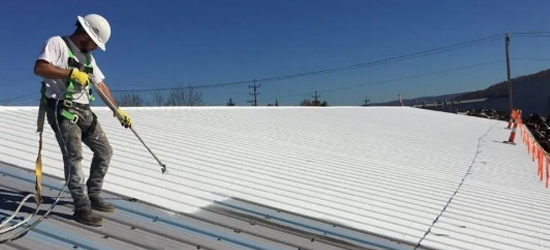State of the Industry – Report & Survey
Posted By Western States Roofing Contractors Association

The start of the New Year also marked the beginning of a new decade in roofing, and for the most part, roofing contractors from across the United States are feeling optimistic about the state of the industry, according to RC’s exclusive annual survey.
As we have for the past dozen years, RC and Clear Seas Research — the survey and research arm of RC’s parent company, BNP Media — reached out to roofing professionals across the country to collect their perspectives on the residential and commercial markets in 2019, and to gauge their prospects for the year ahead.
The annual RC State of the Industry research study aims to identify current issues and emerging trends in both the commercial and residential sectors by asking the men and women dedicated to the profession. This online research initiative also focused on capturing the industry perspective on 2019’s successes and challenges, while keeping an eye on the years to come.
This exclusive study took a deep dive into the residential and commercial sides of the North American roofing industry, as roofing contractors shared with us their business experiences in 2019. For this research initiative, roofing contractors were defined as those working for companies generating more than 50% of their overall annual revenue from commercial or residential projects — whether that be in roof replacement, repair or new construction.
These contractors are predominately male (86%), with a median age of 50, representing mostly residential roofing companies. The majority of them in both residential (64%) and commercial (46%) indicated they were in corporate management or executive company leadership. The data showed the companies these roofers represent were mostly from the South (38%), followed by the Midwest (27%), the Northeast (18%) and West (17%). The median reported revenue for 2019 among all responding roofing contractors is between $1 million and $1.9 million.
Each respondent received a $15 individual incentive to participate.
